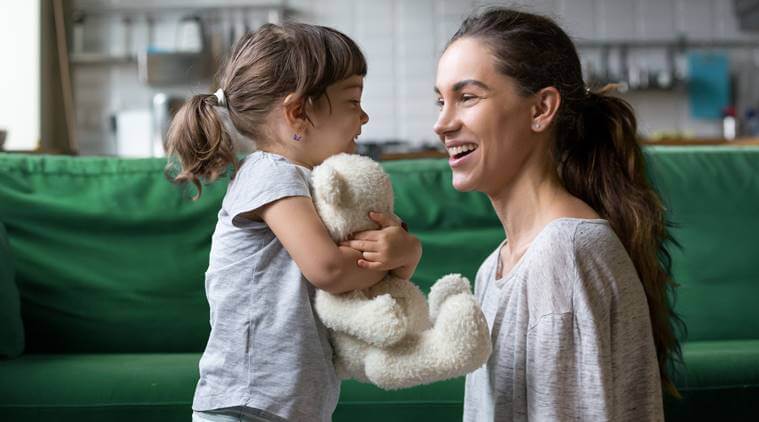As a parent, you want your child to eventually become a responsible adult. You probably also worry about how to achieve that, practically from the time they came into the world. You might wonder when is a good time to begin giving them certain responsibilities, such as small chores around the house. How will you know when your child is ready?
If you introduce responsibilities to your child thoughtfully, that time may come sooner than you think. Here are six ways you can do that.
1. Define What It Means to Be a Responsible Child
Children as young as two can start to learn the very basic idea of responsibility by being “helpers.” They can stir batter for pancakes, hand you books to put away, pull laundry out of the dryer, or do other small jobs. As they get older and have more dexterity, they can fold various laundry items and learn where they go.
The idea of being a helper, with corresponding positive reinforcement, makes a child feel like they’re contributing to the family. It’s a great start on the journey to becoming a responsible adult.
2. Insist on Chores First, Then Fun
The next concept to teach your child is that they must first get their work done before they can have fun. Make the former easier by being specific. Tell them, for example, to put all their toys back on the shelf or their shoes in the closet. Just saying “clean up your room” or “put your things away” isn’t specific enough. At this point, kids need clear, concise directions.
Then follow through with something fun you can do together. Meet up with friends, go out for pizza, or take a trip to the library. When on these outings, have your child wear a smart watch for kids. You want to give them freedom to explore, but you always need to be able to find them.
3. Establish Routines and Structure
Another early approach for teaching responsibility is maintaining routines and structures in daily life. When a child has a framework for what to do each day, they can more easily take on responsibility. If a child knows that their job is to help clear the table after dinner, they will get used to that structure each evening. Later on, homework, a nightly bath, and a set bedtime become structures that create responsibility for academic achievement and self-care.
Once those routines have established certain household responsibilities, other structures can be added on according to age. Weekend routines such as mowing the lawn, or seasonal routines such as raking, can expand your child’s responsibilities.
4. Teach Money Management Skills
It’s a fact of life: Kids will nag you for things while waiting in the checkout line at the store. There will come a time — to be determined by you as a parent — when you decide your child is ready for an allowance. That way, they can buy that candy bar or toy on their own. Once you decide how much allowance your child will receive and how often, it’s time to teach your youngster some money management skills.
When managing an allowance, children soon learn how much things cost and how long it will take to save up for them. They’ll have to decide whether they would rather buy an item now or save up for larger priorities. As a parent, you can introduce those skills, but it is up to your child how they use them. Later, they will learn about bank accounts, credit, and how much it will cost you — and them — to pursue higher education.
5. Post Written Schedules and Calendars
As children move into school and lead a more active life, the concept of a written calendar helps instill responsibility. Knowing what is going to happen each week means they can better plan for school and after-school activities. A visual calendar that includes the whole family’s activities also lets the child see that everyone has responsibilities. They can’t, say, sign dad up for the school bake sale if he’s going to be gone on a business trip.
While most adults tend to keep their calendars on their phones, children often learn more from what they see. This is why a visual calendar makes more sense, enabling children to better understand what is going on in their lives. It works especially well if children are being co-parented and need to move between two homes. A visual reminder of their whereabouts on particular days will help ease the transitions.
6. Allow Your Child to Make Mistakes — and Learn From Them
It’s probably the hardest thing you as a parent can do: watching your child make a mistake and leaving them alone. Maybe they damaged a friend’s bike or put something out on social media they shouldn’t have. Things happen. But rescuing them, and not letting them learn from those mistakes, only means they’re liable to make them again.
Yes, there are times to intervene — when there are obvious problems with learning, for example. But when your child has made a very definite mistake, they need to know that you are not there to fix it. Their friend’s bike repairs should come out of their allowance, and apologies to the person they offended on Instagram should come from their lips. It is up to your child to own their mistakes, take responsibility for them, and learn from the outcome. Along with that, hopefully, they will learn not to repeat them.
Teaching your child responsibility is an essential part of teaching them how to survive and thrive in the 21st century. With responsibility as a foundation, they can be successful in whatever they do.

